Identity theft is number one threat for consumers, says report
Malwarebytes
FEBRUARY 27, 2024
The German Federal Office for Information Security (BSI) has published a report on The State of IT Security in Germany in 2023 , and the number one threat for consumers is… identity theft. Change your password. You can make a stolen password useless to thieves by changing it.






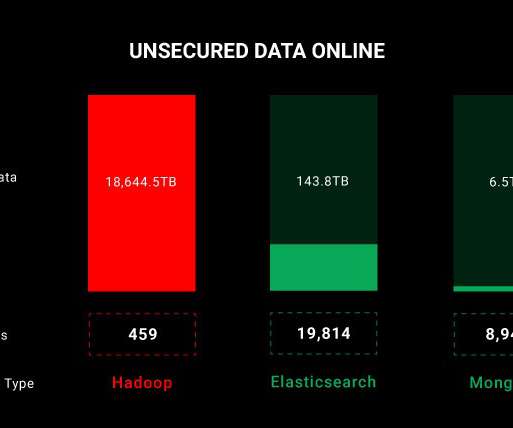
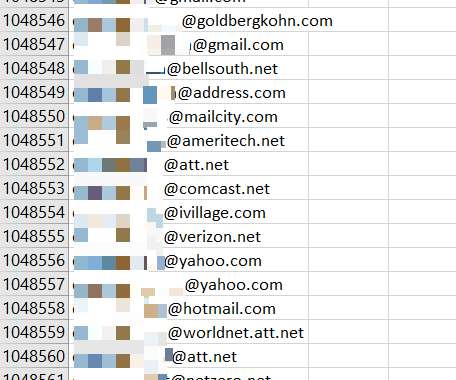
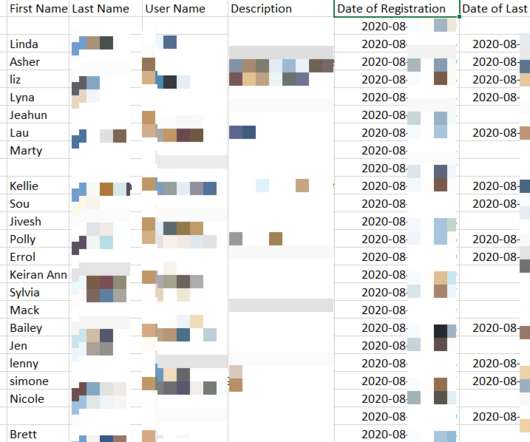



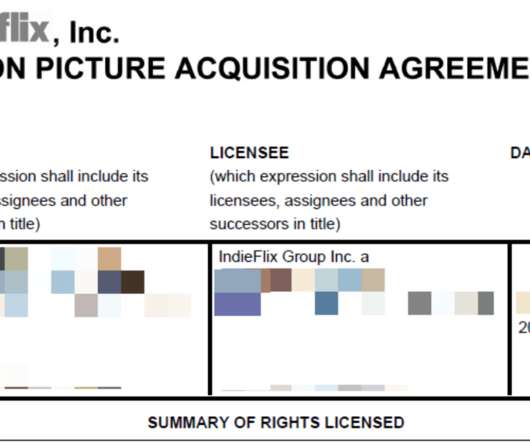
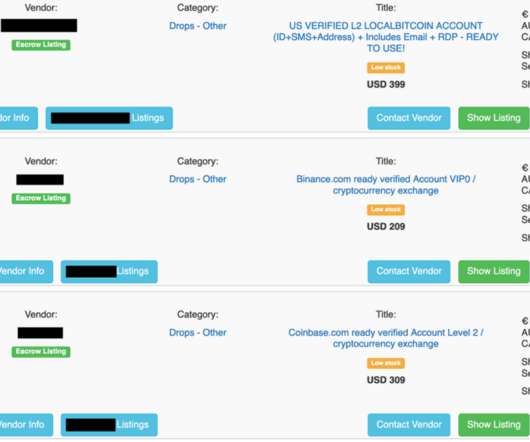






Let's personalize your content